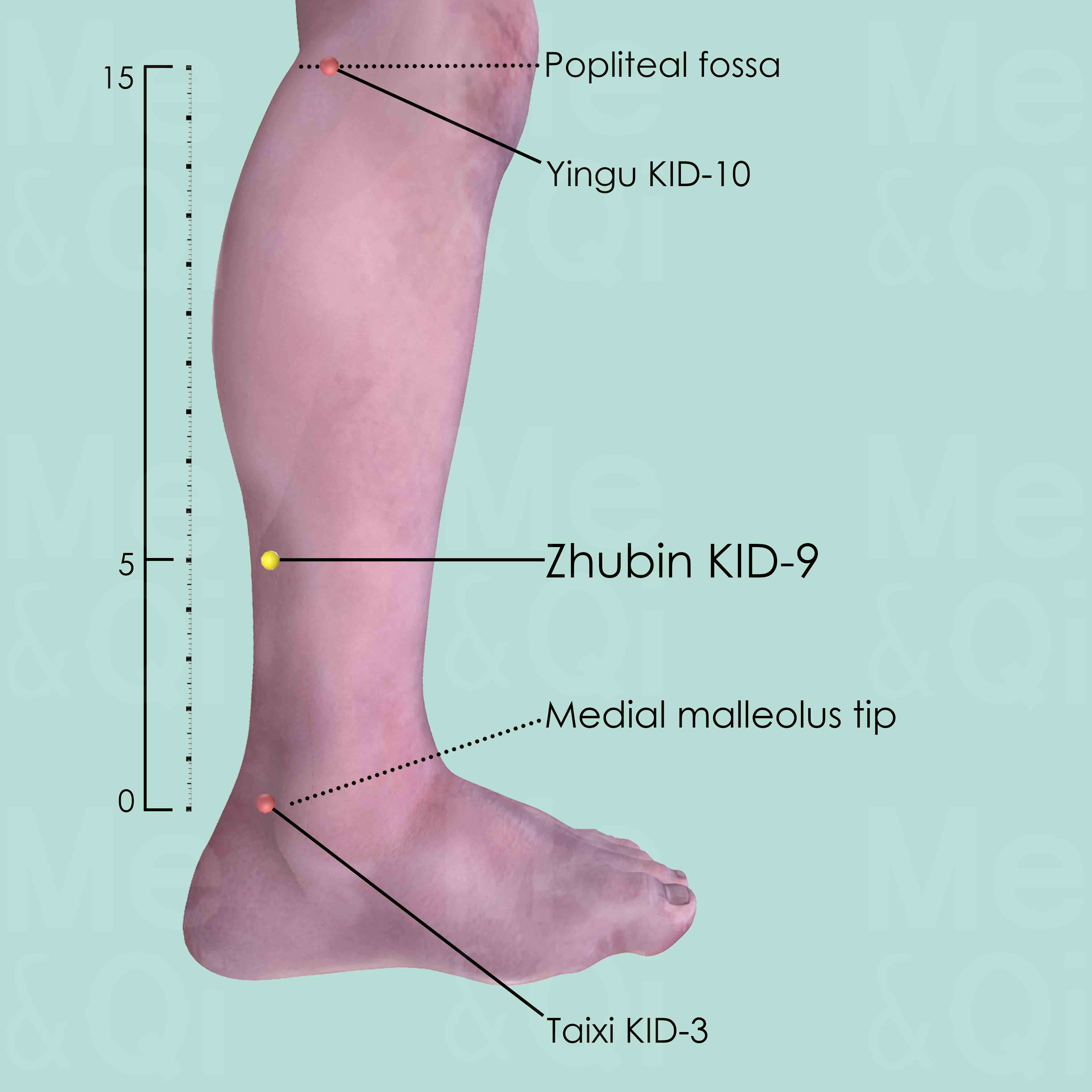Xiphoid Process Stiffnessaccording to TCM
Symptom families: Abdominal Pressure and Rigidity, Chest Discomfort & Sensations, Bone and Skeletal Symptoms and Disorders
Parent symptom: Epigastrium Stiffness
What is xiphoid process stiffness?
The xiphoid process, a small cartilaginous extension of the lower part of the sternum, plays a pivotal role in the human torso's structure. When this area becomes stiff, it can cause discomfort and restrict movement, affecting daily activities and overall well-being.
Xiphoid process stiffness is a specific form of epigastrium stiffness, characterized by a rigid sensation that can extend to the nearby epigastric area. This condition often prompts individuals to seek medical attention, as it can be indicative of underlying issues ranging from minor muscular strains to more serious conditions.
How does TCM view xiphoid process stiffness?
Traditional Chinese Medicine (TCM) offers a unique perspective on xiphoid process stiffness, diverging significantly from Western medical explanations. In TCM, this condition is not seen merely as a physical manifestation but rather as a symptom of deeper imbalances within the body's energy, or Qi.
TCM posits that xiphoid process stiffness can arise from various patterns of disharmony, such as Qi Stagnation, Blood Stasis, or an imbalance in the body's Yin and Yang. Identifying the specific underlying pattern is crucial in TCM, as it dictates the treatment strategy, including the selection of acupoints, herbs, and other therapeutic modalities.
Acupoints for Xiphoid Process Stiffness
In the treatment of xiphoid process stiffness, TCM emphasizes the use of specific acupoints to address the underlying disharmony and relieve symptoms. One of the recommended acupoints is Zhubin KID-9, located in the Kidney Channel. This acupoint is situated on the line drawn from Taixi KID-3 to Yingu KID-10, at the lower end of the belly of the gastrocnemius muscle on the medial aspect, approximately 5 cun above Taixi KID-3.
Activating Zhubin KID-9 through acupuncture or acupressure can tonify Kidney Yin, calm the mind, and open the chest, thereby alleviating stiffness and promoting the smooth flow of Qi throughout the body. This approach underscores TCM's holistic view, targeting not just the symptoms but the root cause of the condition to restore balance and health.
See more details below about Zhubin KID-9, an acupoint used to address xiphoid process stiffness.
- By Meridian
- Kidney Channel

Zhubin KID-9
On the line drawn from Taixi KID-3 to Yingu KID-10. It is located at the lower end of the belly of gastrocnemius muscle in the medial aspect, about 5 cun above Taixi KID-3.
